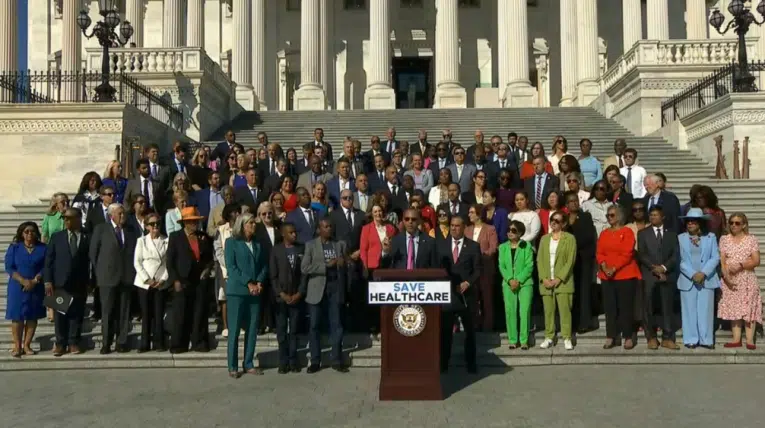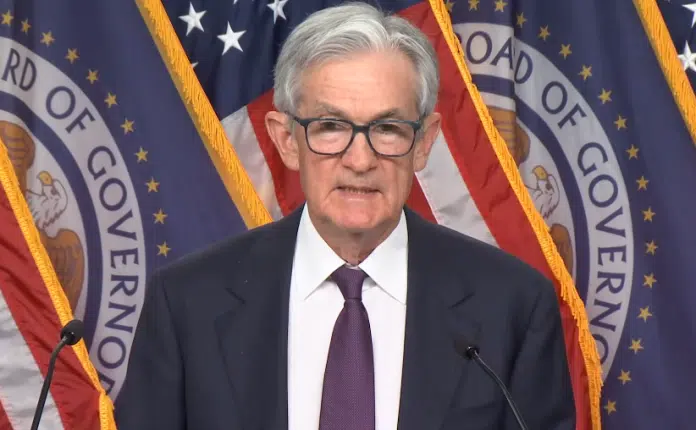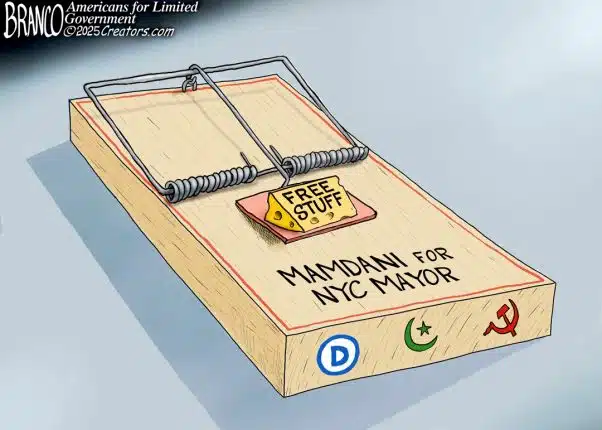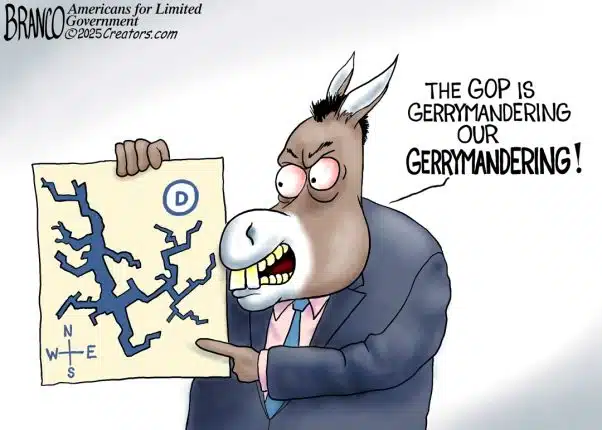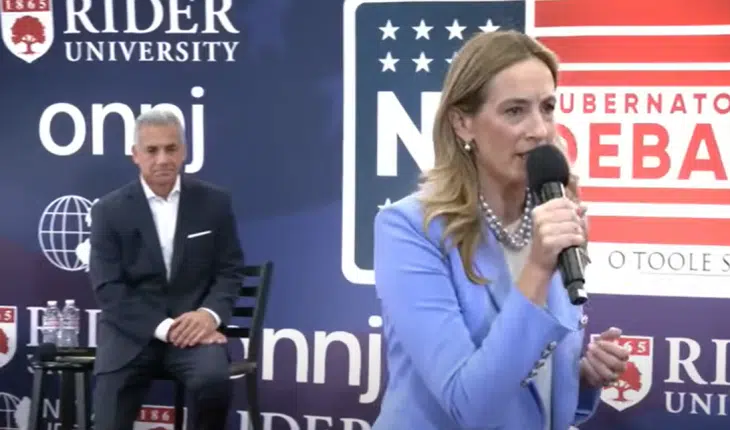
In Aug. 2022, after requests from the U.S. State Department to resume nuclear strategic arms inspections in June 2022 under the terms of the 2010 New Strategic Arms Reduction Treaty (START)—inspections were mutually suspended in March 2020 as a result of the Covid pandemic, according to the U.S. State Department—Russia announced that it would not allow for on-site inspections.
According to a Jan. 2023 report by the State Department, “Report to Congress on Implementation of the New START Treaty,” the pause had been ongoing: “Beginning in March 2020, the United States and the Russian Federation coordinated a mutual and voluntary pause of inspection activities under the New START Treaty due to the COVID-19 pandemic…”
Since that time, no reported inspections have occurred, which were a regular feature of both New START and the original 1991 START treaty. It’s been three years now.
In 2021, the U.S. attempted to engage in talks to resume compliance with the treaty, according to the State Department report: “In June 2021, the United States initiated correspondence in an attempt to reach a mutual understanding on the resumption of inspection activities. Since that time and despite two in-person bilateral meetings, numerous calls, and an extensive exchange of papers, Russia has only increased the number of its ostensible COVID-19 requirements and additional preconditions it claimed to require before assenting to the resumption of inspection activities. In June 2022, the United States, judging that the remaining issues related to the resumption of inspection activities were manageable under the terms of the Treaty, chose not to continue the mutual pause. The Russian side took no action to propose extending the pause in inspection activities before it lapsed. On August 8, 2022, the United States transmitted to Russia a treaty notification of intent to conduct an inspection. On August 9, 2022, Russia responded by ‘temporarily exempting’ from inspection activities all of its facilities that are subject to New START Treaty inspection activities…”
But Russia would not allow inspections to resume, per State: “In August 2022, Russia invoked the provision to purportedly exempt all of its treaty facilities from inspection activities and refused a duly notified U.S. inspection on this basis. Russia’s purported exemption of all of its treaty facilities from inspection activities remained in place as of the end of 2022.”
Then, on Feb. 21, 2023, Russian President Vladimir Putin confirmed that Moscow was suspending the treaty and that inspections would not start again anytime soon, calling for the treaty to take into account NATO’s strategic arms in addition to the United States’, stating, “They want to inflict a strategic defeat on us and climb on our nuclear facilities. In this regard, I am compelled to announce today that Russia is suspending its participation in the Strategic Offensive Arms Treaty. I repeat, it does not withdraw from the Treaty, no, it suspends its participation. But before returning to the discussion of this issue, we must understand for ourselves what such countries of the North Atlantic Alliance as France and Great Britain still claim, and how we will take into account their strategic arsenals, that is, the alliance’s combined strike potential.”
In addition, on Feb. 28, Putin signed a law suspending the treaty claiming “the United States has intentionally failed to perform its inspection-related obligations under the Treaty.”
Putin’s suspension of New START, particularly his calls for wider participation by NATO, appeared to reciprocally mirror U.S. objections and ultimate withdrawal by former President Donald Trump in Feb. 2019 from the now dead 1987 Intermediate Nuclear Forces (INF) Treaty, which banned all nuclear weapons with ranges from 310 and 3,420 miles.
Both the U.S. and Russia had said each side is in violation of the treaty with the development of ground-based missile systems banned by the treaty, but the U.S. had also cited the lack of participation by nuclear powers like China in the defunct agreement as a reason for leaving.
Following the 2002 withdrawal of the U.S. from the 1972 Antiballistic Missile (ABM) Treaty, and the expiration of the Strategic Arms Limitation Treaties in 1985, all of the work towards halting the nuclear arms race — a process which began after the 1962 Cuban Missile Crisis, the first time offensive nuclear weapons were removed by the superpowers from Cuba and Turkey — has effectively ended.
One odd twist was in the 1986 Reykjavik meeting between Ronald Reagan and Mikhail Gorbachev, where the two were negotiating what turned into the 1987 INF Treaty, where there was a mutual verbal agreement to eliminate all nuclear weapons—but the agreement fell apart due to continued differences on missile defense and the adherence to the 1972 ABM Treaty. That might have been the last, best chance for a major breakthrough.
So, we went from a near exchange of nuclear weapons in the 1960s, followed by the first ever strategic withdrawal of such arms, to arms limitation agreements in the 1970s to slow down the nuclear arms race, to nuclear arms prohibitions and reductions beginning in the 1980s through 2020.
Besides the Nuclear Non-Proliferation Treaty (NPT), there are not very many other agreements that currently have mutual participation by nuclear powers. We are more or less back where we started before 1962.
Given the history and experience with near misses in the nuclear era, Presidents including Harry Truman, Dwight Eisenhower, John Kennedy, Lyndon Johnson, Richard Nixon, Jimmy Carter, Ronald Reagan, George H.W. Bush, Bill Clinton, George W. Bush, Barack Obama, Donald Trump and now Joe Biden have all occasionally spoken about the prospects of nuclear war when they needed to, including frequently invoking the term “Armageddon” itself.
Harry Truman in his Farewell Address in 1953 said, “Starting an atomic war is totally unthinkable for rational men.”
Dwight Eisenhower in 1953 called for a turn away from the militarization of nuclear capabilities and introduced the “language of atomic warfare”: “I feel impelled to speak today in a language that in a sense is new, one which I, who have spent so much of my life in the military profession, would have preferred never to use. That new language is the language of atomic warfare… In this quest, I know that we must not lack patience. I know that in a world divided, such as ours today, salvation cannot be attained by one dramatic act. I know that many steps will have to be taken over many months before the world can look at itself one day and truly realize that a new climate of mutually peaceful confidence is abroad in the world. But I know, above all else, that we must start to take these steps—now. The United States would seek more than a mere reduction or elimination of atomic materials for military purposes. It is not enough to take this weapon out of the hands of the soldiers. It must be put into the hands of those who will know how to strip its military casing and adapt it to the arts of peace. The United States knows that if the fearful trend of atomic military build-up can be reversed, this greatest of destructive forces can be developed into a great boon, for the benefit of all mankind.”
In 1960, then-Vice President Nixon—who would eventually sign the first Strategic Arms Limitations Treaty (SALT) and the Anti-ballistic Missile Treaty in 1972 (ABM)—on the campaign trail against Kennedy, described the careful language presidents must use when discussing this topic in order to avert war, and spoke of winning the Cold War “without war,” stating, “I am convinced that we do have the strength, and we will develop more, to win this struggle and win it without war. But it is going to take leadership. It is going to take leadership which will be calm in the time of crisis, leadership which will be firm, but leadership which will not be belligerent. Because never must we indulge in the war of words which might heat up the international atmosphere to the point that a nuclear catastrophe would come to the whole world.” Here, Nixon was sagely advising for presidents not to get baited into verbal escalations.
In 1983, Reagan in an interview stated a nuclear war must never occur and called for reciprocal arms reductions by the U.S. and the Soviet Union: “there must not be a nuclear war, then maybe the people will understand why we’re trying so desperately to get a reduction in those weapons worldwide. And I hope that if we start down the reduction road that the other side will see the common sense in eliminating them totally.
In 1984, in a debate with Democratic presidential nominee Walter Mondale, Reagan declared, “A nuclear war cannot be won and must never be fought.”
More recently, President Joe Biden, too, has warned of the potential consequences of a nuclear exchange.
On March 11, 2022, in the early days of the war, President Joe Biden told members of the House Democratic Caucus that the U.S. would not be going to war any time soon. Biden ruled out the possibility of sending offensive equipment and tanks, stating, “the idea that we’re going to send in offensive equipment and have planes and tanks and trains with American pilots and American crews just understand no matter what you say, that is called World War III.”
On Oct. 6, 2022 at a Democratic Senatorial Campaign Committee fundraiser, he said, “We have not faced the prospect of Armageddon since Kennedy and the Cuban Missile Crisis. We’ve got a guy I know fairly well; his name is Vladimir Putin. I spent a fair amount of time with him. He is not joking when he talks about the potential use of tactical and nuclear weapons…”
Opponents of the arms control treaties such as former National Security Advisor John Bolton who called them “sacred scrolls” and “dangerous relics” arguing they made us less safe — even though they never resulted in nuclear war — have gotten what they wanted. Now what?
Murphy’s Law dictates whatever can go wrong eventually will go wrong. Without mutual talks by nuclear powers currently either on limiting or restricting arms, the only other agreement that might matter is that of mutually assured destruction (MAD), the idea that all sides believe a nuclear war cannot be won by either side because of the potential existential consequences for humanity itself. So, besides treaties and diplomacy, the only other thing preventing a nuclear holocaust is the idea that such a struggle would be pure madness. But is that enough, do world leaders still agree with that and if so, how do we verify that?
Robert Romano is the Vice President of Public Policy at Americans for Limited Government Foundation.


